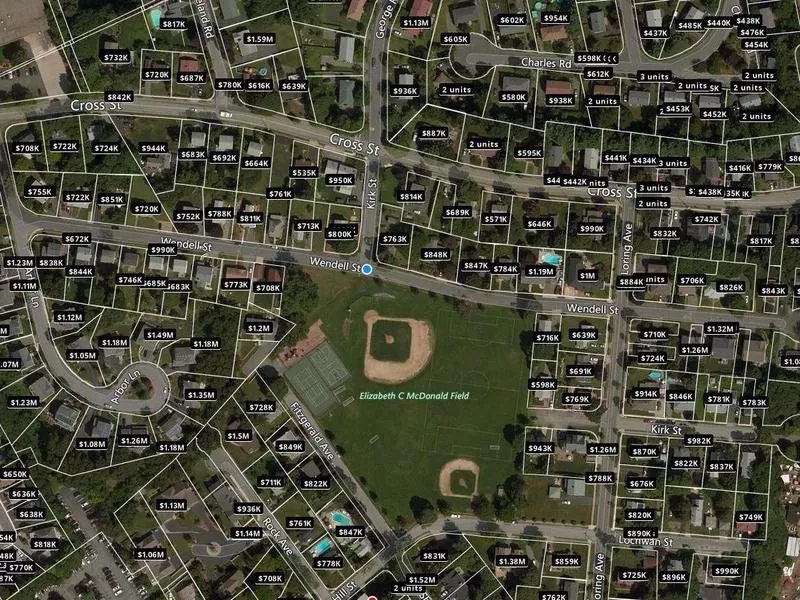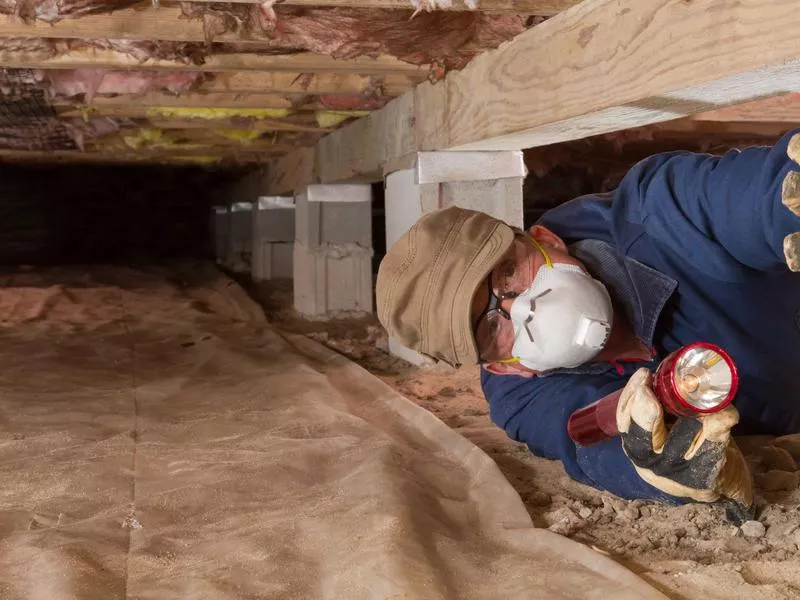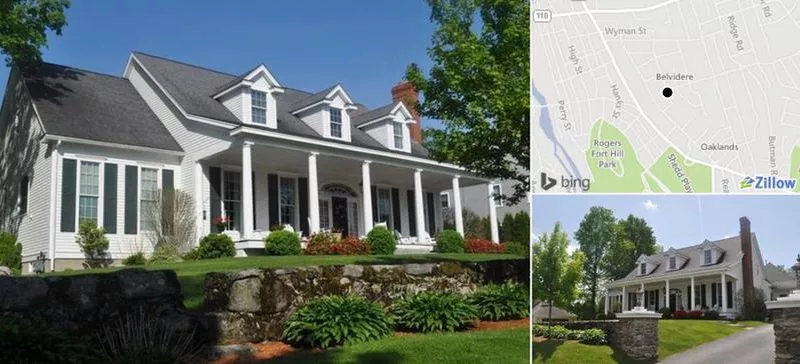Get Top-Dollar: Selling Your Home Way Above List Price
Selling a home is stressful: On average, buyers see 2.8 months pass between the time their property goes on the market and closing.
More than 30 percent of sellers will temporarily take their home off the market. They hold an average of 1.9 open houses, all to see an average of just 2.5 offers. And, according to a Zillow Group report released last year, at least one of those offers will fall through. A lot of homeowners get to the end of the process and are happy to take whatever they can get. But some homeowners end up with a nice surprise: a home that ultimately sells for more than what the seller originally asked for.
Starting a Bidding War
Selling your home above list price isn’t a matter of having good luck and finding the right, motivated buyer at the right time.
The October 2016 Zillow report on current homebuying trends found that people who sold their homes for two or more percent above list price shared several traits. In addition, realtors have their own set of strategies homeowners should consider if they want to start a bidding war on their property. Selling a home above list price shouldn’t be seen as good luck or simply getting a little extra windfall above what you had anticipated. Selling a home above list price means the buyer has taken every possible step within their control to make sure they get the best possible offer.
Here’s what homeowners surveyed by Zillow did to sell their home above listing price, as well as other tips on getting the best possible offer for your property.
Figure Out What Your Home Is Worth

Websites, including Zillow and Trulia, let you see estimated home values on a local map. Zillow
According to Zillow, 71 percent of homeowners planned ahead. They researched the local market and talked with neighbors, real estate agents and recent buyers to figure out what the market would bare before listing their property and setting a price. They consulted Websites and 31 percent even hired an appraiser to get an accurate sense of what their home was worth.
Hire An Agent

Getty Images
The most telling statistic in the report, however, is that 90 percent of the respondents that sold their home above list price used an agent. And they didn’t choose just any agent: 68 percent considered at least two before listing their home, and most did their homework by considering recent sales by the agent and the agent’s local reputation.
Pay For A Preemptive Inspection

Getty Images
The best way to find problems that could derail a closing is to hire an inspector before you put your home on the market.
An inspector will point out all of the problems that will worry potential buyers. Remember, a big part of getting the best offer is eliminating any chance for the buyer to say “No.” Redoing the roof may not be as sexy as an upgraded bathroom, but those big maintenance problems are the types of things that queer deals in the closing stages. And buyers that are paying a premium want to make sure there are no surprises: in 86 percent of the above-list sales, the buyers opted for a home inspection before closing.
Make Updates

Getty Images
If you want to sell your home fast, you can leave the shag carpet in the wood-paneled living room and let the next owner figure out what to do with the lime green bathroom fixtures. But Zillow found that buyers were more likely to make offers above list price when the seller had taken on messy and expensive updates. In fact, sellers who got higher offers were 50 percent more likely to have made updates. They were 20 percent more likely to update a kitchen and fix a roof, and eight percent more likely to update a bathroom. If buyers see a long list of projects to make the house a home, they’re far more likely to make a low-ball offer to save some money for a renovation budget.
Don’t Skimp On Maintenance

Getty Images
Homeowners planning to sell often focus on the big upgrades at the expense of everyday maintenance. A weed, a leaky faucet and rusty rain gutters are all easy fixes, but can signal to a buyer that there may be bigger problems lurking within the home.
Beyond that, basic maintenance helps your home look its best. Pruned bushes look neat and allow more light into living areas. A fresh coat of paint on the front door can be a key fix, given that one old broker’s axiom claims that buyers decide within seven seconds of entering a house whether or not they will make an offer.
Online Appeal Is The New Curb Appeal

Zillow
Gone are the days when a trimmed lawn and a fresh coat of exterior paint would be enough to get buyers to schedule a viewing. Now, decisions to even view a house are made online, and sellers that get more than list price understand this.
That means consider a professional photography and staging your home. Other sellers shot videos, and buyers are increasingly enamored with drone footage that gives a different perspective on the property, according to Zillow.
Dust Off The 35mm Camera

Getty Images
In April, Boston Globe photographer Stan Grossfeld offered tips for taking knockout real estate photos. “Many people skimp on photography, preferring to do it themselves. It makes no sense,” Grossfeld wrote. “They are saving a couple of hundred dollars on hundreds of thousands of dollars of a potential sale.” He did offer tips for homeowners who insisted on taking their own photos (indeed, only 48 percent of the sellers in the Zillow report hired a professional photographer). Among Grossfeld’s recommendations: never use your cell phone camera, shoot photos at different times of day to find the light that best flatters your home and “never, ever” use a straight flash when shooting interiors.
Set the Stage

Getty Images
Twenty-six percent of the sellers that received offers above list price in the Zillow report had paid to have their home professionally staged.
Like interior decorators, professional home stagers know their colors, fabrics, and furniture, and they know how to arrange them so your home looks its best. Unlike an interior decorator, however, stagers are experts in making homes appeal to the broadest cross-section of tastes. They know how to accent your home’s best features and – this is important – they know how to remove clutter that can be a turn-off for buyers. Be ready to move or store most of your possessions so the stager can do her magic. Amanda Van Veen, a property appraiser with Braese Associates in Boston, said staging is a key tool that sellers often overlook. “It helps people picture room layouts and adds warmth to the space if a home is vacant,” she said.
Take Control Of The Process

Getty Images
Of the sellers that received offers above asking price, 82 percent had at least one open house. But when their first approach failed to draw the offer they were looking for, they regrouped: 26 percent took their home off the market once to start fresh, compared with just 20 percent of all sellers. You don’t need a bidding war to get an offer above list price: 27 percent of the sellers in the Zillow report got just one offer, while 24 percent received four or more offers.
Be Counterintuitive
Everyone loves a bargain, and homebuyers are no exception.
Pricing your home five to 10 percent below its market value will generate more interest. That can lead to a bidding war that will result in a final selling price above market value. Make sure you know your local market before pricing conservatively. Last year in Alameda County, CA, real estate professionals noted a “buyer frenzy” as more sellers chose to list homes below market value. But as Selma Hepp, Chief Economist and Vice President of Business Intelligence at Pacific Union, noted, the lower prices actually concealed a slowing market. “This strategy may have worked in the heat of the last Bay Area housing boom, but with markets generally cooling and affordability seriously reaching a stretch, how much longer will it work?” she wrote. “Sellers who may have expected 20 percent or more premiums may start to face the harsh reality of getting less than they were expecting and walk away from the transaction disappointed. These are certainly things to consider as we enter fall and adjust to changing market trends.”